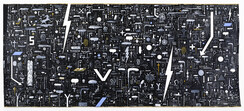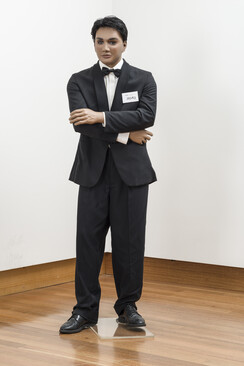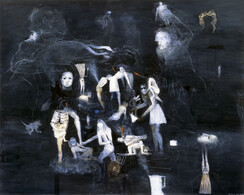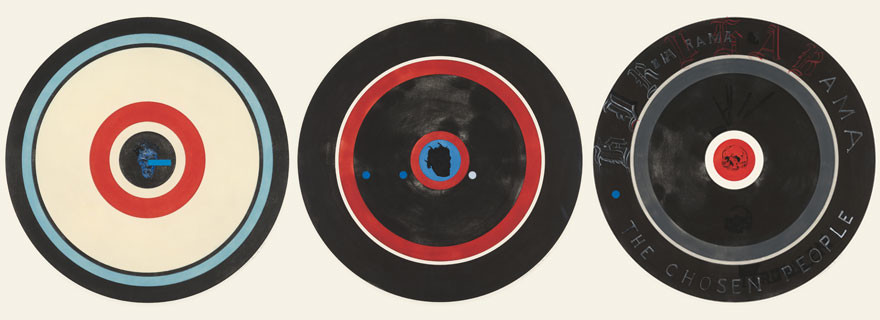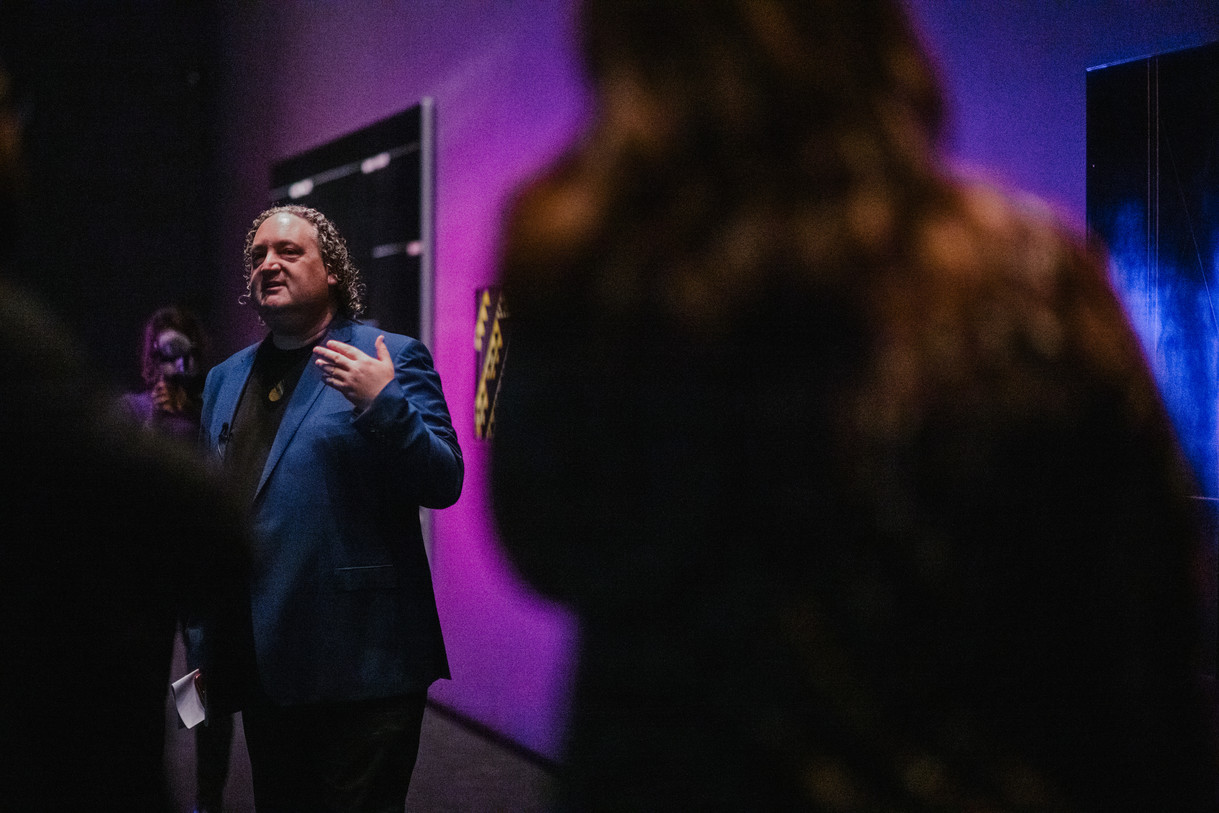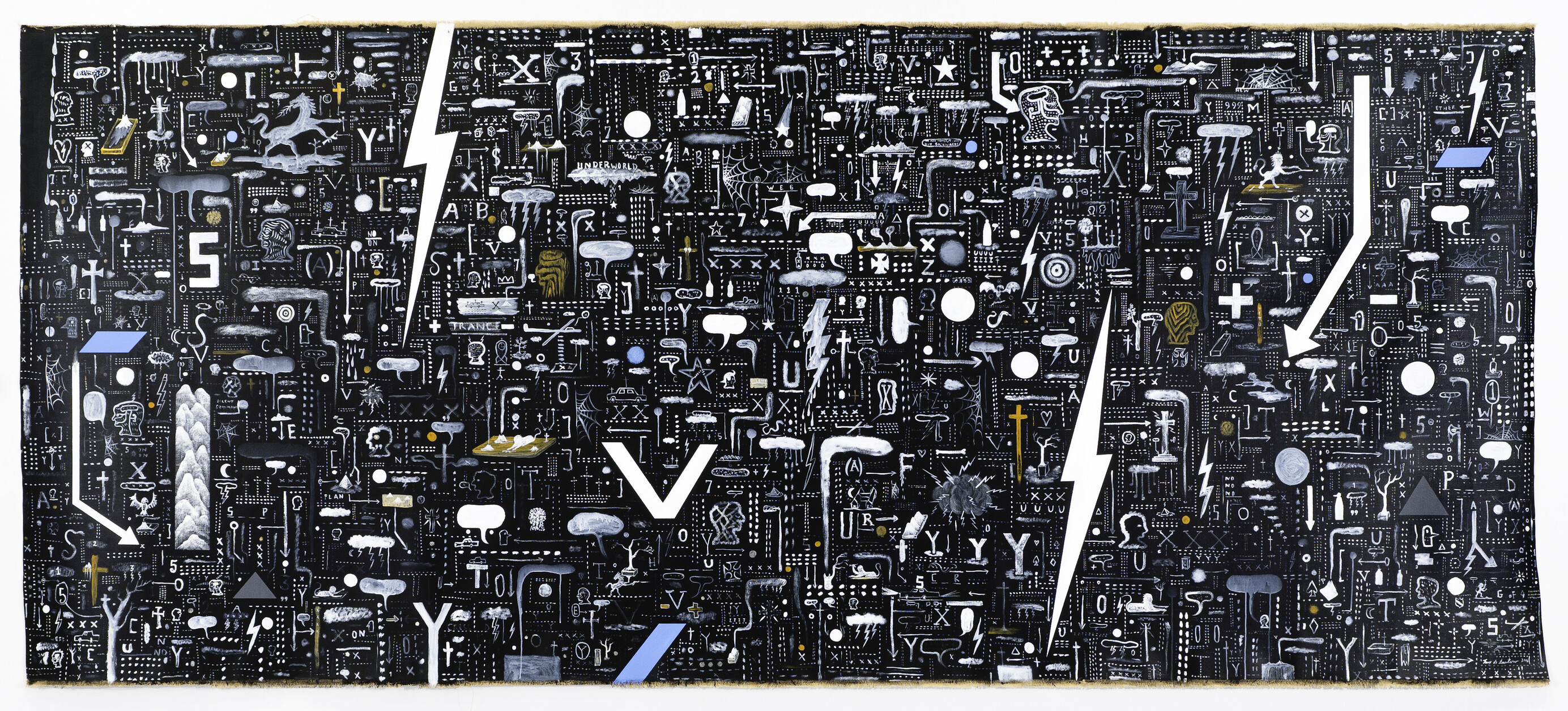
Tony de Lautour Underworld 2 2006. Acrylic on unstretched canvas. Collection of Christchurch Art Gallery Te Puna o Waiwhetū, purchased by the Friends of Christchurch Art Gallery, 2007
This exhibition is now closed
Your Hotel Brain
13 May 2017 –
3 May 2018
Energies and anxieties from the threshold of the new millennium.
Energies and anxieties from the threshold of the new millennium.
A major new exhibition of contemporary works from the collection, Your Hotel Brain focuses on the cohort of New Zealand artists who came to national – and in some cases international – prominence in the 1990s, many of whom had a particular association with Christchurch. The title of the exhibition is a phrase drawn from Don DeLillo’s epic novel of the 1990s, Underworld. It gestures towards the way that pieces of information float through your mind, checking in and out, everything demanding attention, everything happening all at once – a metaphor for postmodernism in the 1990s and for the increasing criticality and slippage of context in the digital era.
Curator:
Lara Strongman
Exhibition number: 1042
Collection works in this exhibition (25)
Walt's Wet Dream

Jason Greig
Ethlyn
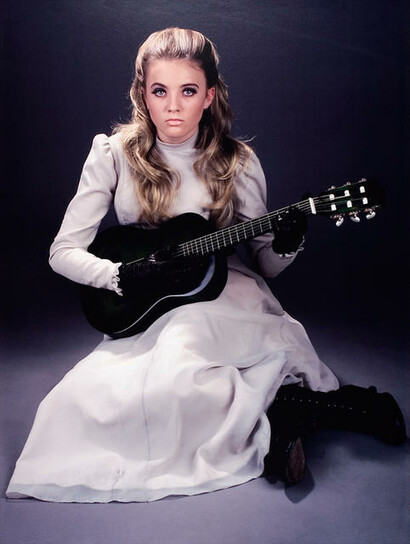
Yvonne Todd
No Smoking
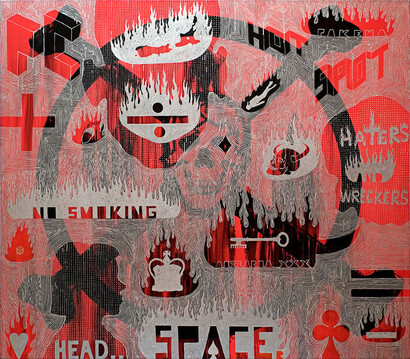
Grant Takle
Blood is Thicker
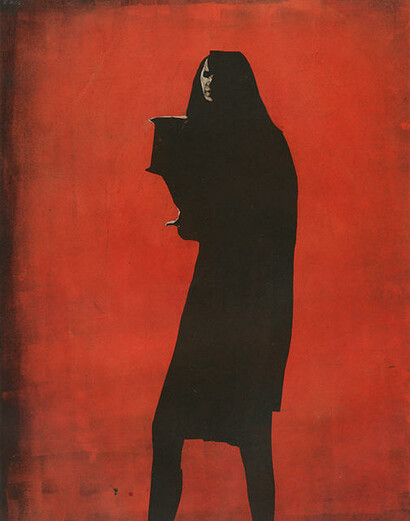
Jason Greig
Depth Charge
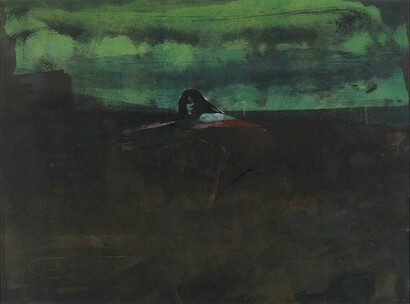
Jason Greig
Hobbyhorse (Outside)
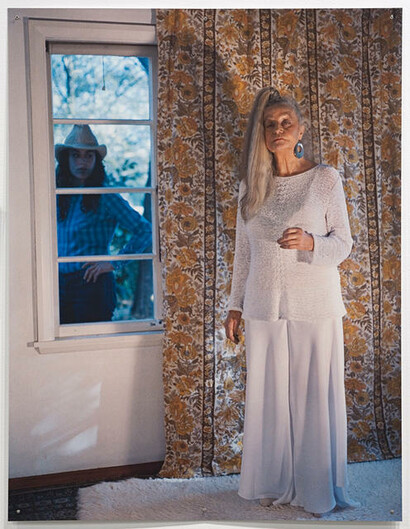
Margaret Dawson
Poorman, Beggarman, Thief (Poorman)
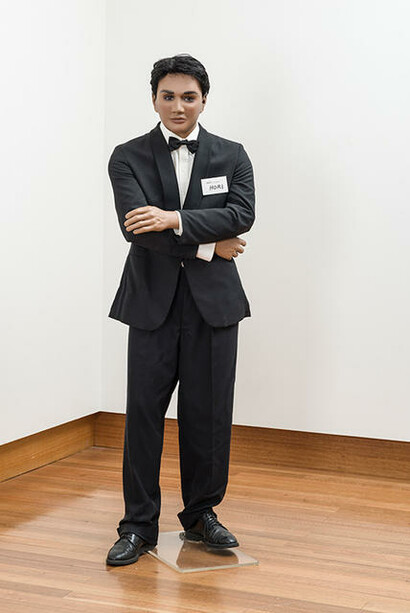
Michael Parekowhai
Hiruhārama
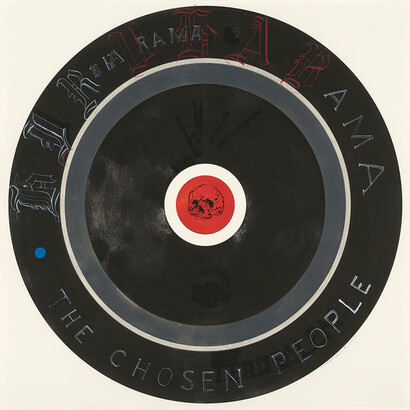
Shane Cotton
Untitled (Head 4)

Shane Cotton
Untitled (Head 5)

Shane Cotton
An orbital thought

Jason Greig
Volcano Flag
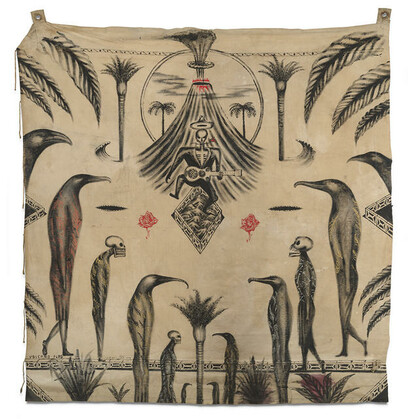
Bill Hammond
Believe
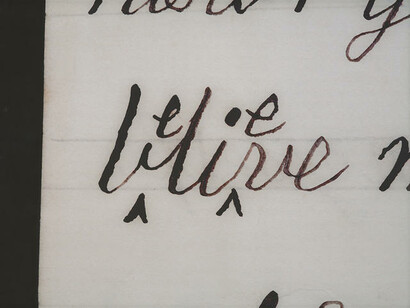
Fiona Pardington
Burn Out
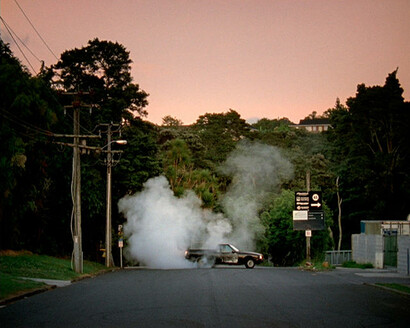
Steve Carr
In a lonely place
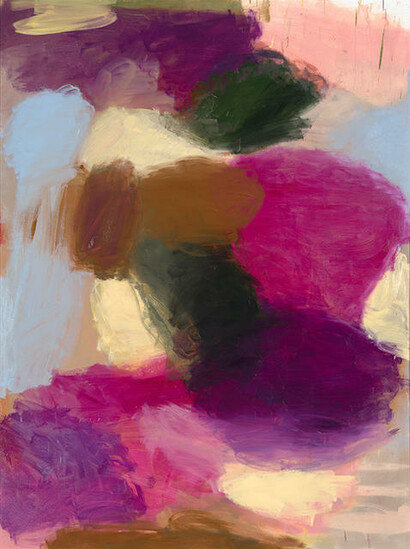
Robin Neate
Marg.n.l. Persona
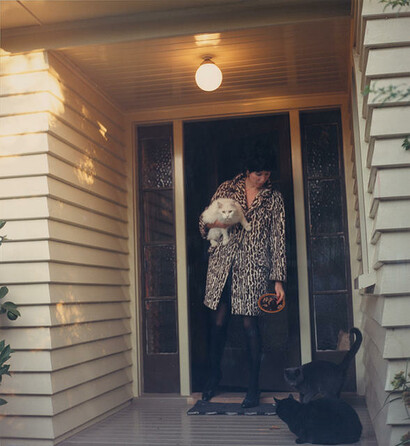
Margaret Dawson
Underworld 2
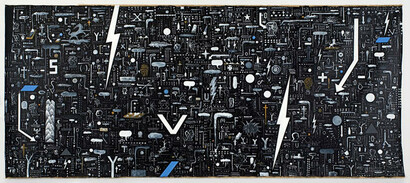
Tony de Lautour
Ersatz (Sick Child)
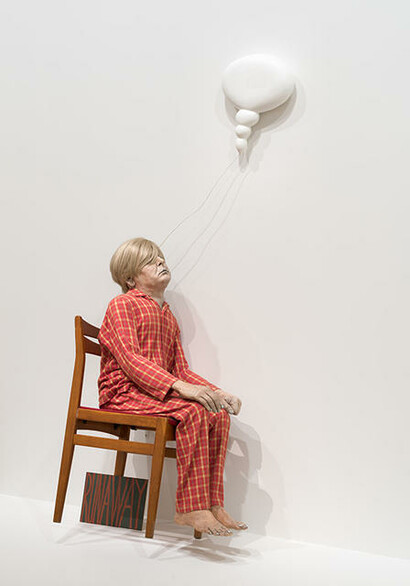
Ronnie van Hout
Mission Statement: First we take Island Bay then we take Berlin
Peter Robinson
Kiss The Baby Good-Bye (the maquette)
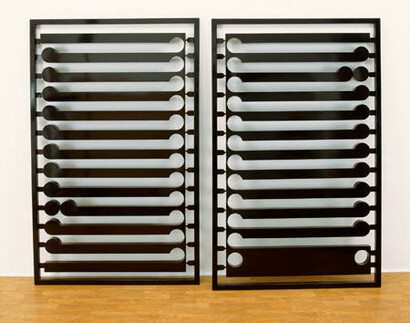
Michael Parekowhai
Untitled
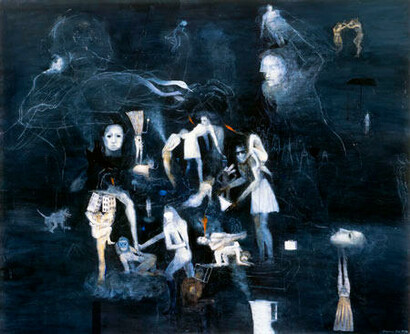
Séraphine Pick
Secure Inventory

Tony de Lautour
Untitled (Red Masks)

Yuk King Tan
The Malcontent
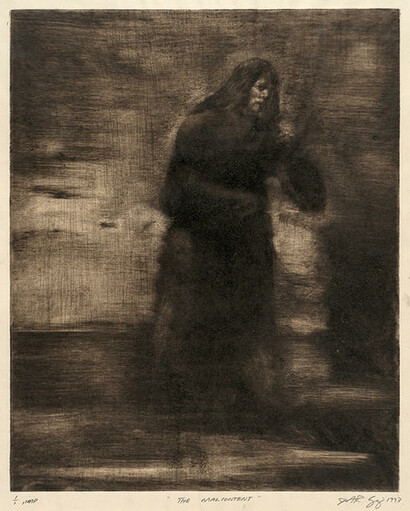
Jason Greig
Better Not Fall Asleep In Detroit

Saskia Leek
Related
Exhibition
Shane Cotton: Baseland
7 June – 17 August 2014
Christchurch audiences at last have the opportunity to experience the complexity and ambition of Cotton's latest work in this two-venue exhibition by one of the biggest names in New Zealand art.
Director's Foreword
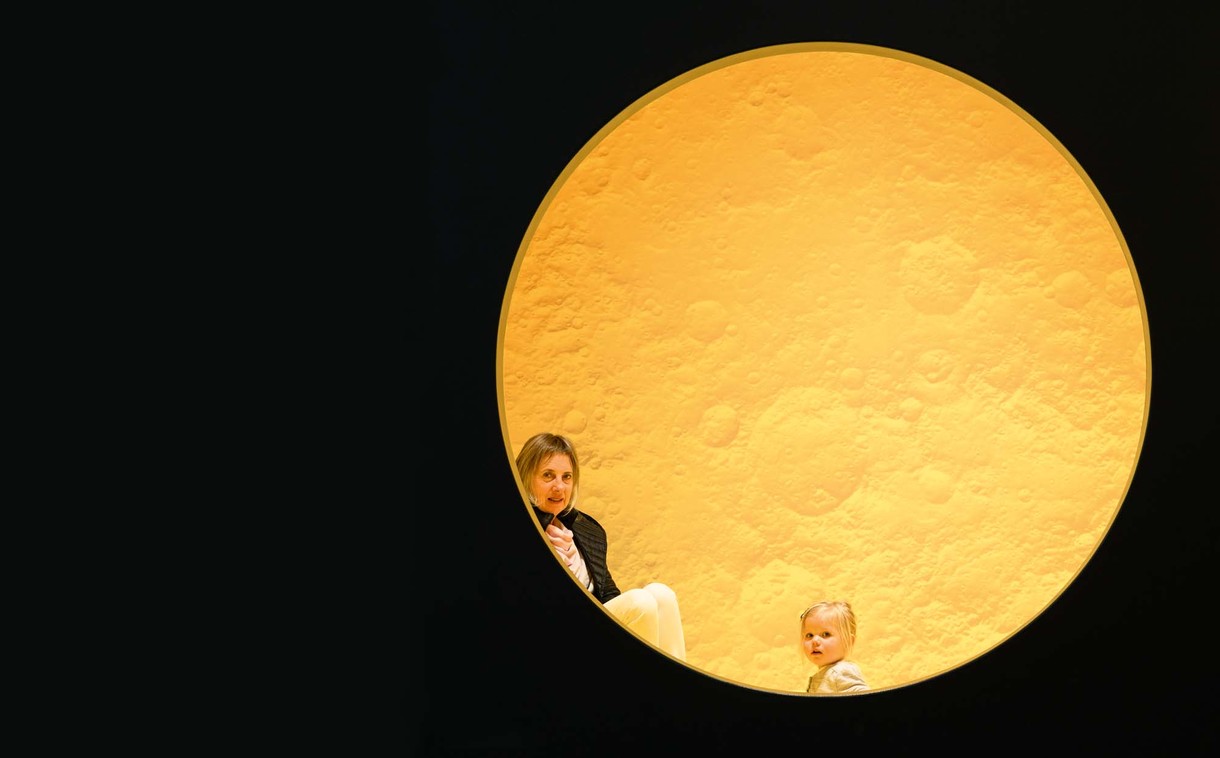
Director's Foreword
As I write this, I’m still smiling with pleasure and pride at the huge success of the Gallery Foundation’s fundraising drive for our own work by Ron Mueck. Wonderful in its own right, it’s amazing to finish the 2017 calendar year knowing a sculpture by Mueck is now on its way to join the other four ‘great works’ for Christchurch.
Commentary
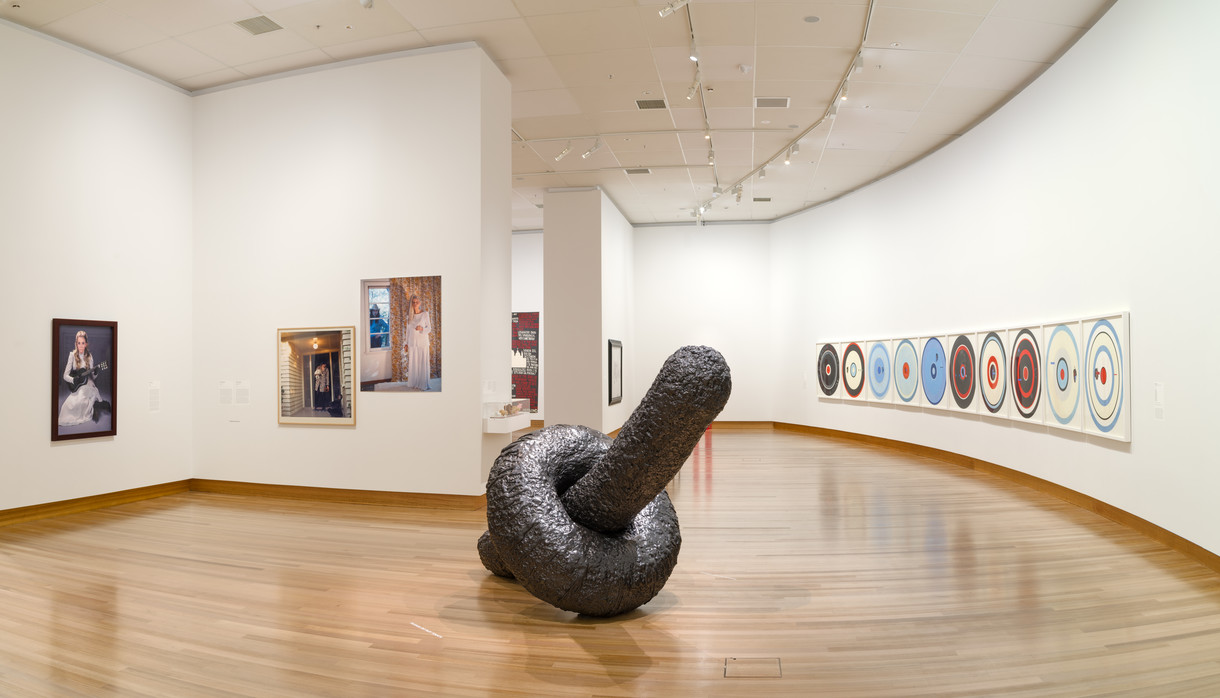
Raiding the Minibar
When does history start? What is the time span of the present? When do the margins of the contemporary begin to dissolve into the past? Our collection-based exhibition, Your Hotel Brain, looks at a group of New Zealand artists who came to prominence in the 1990s. Collectively their work explores ideas that have been critical to art-making in Aotearoa New Zealand over the past twenty years. Identity politics, unreliable autobiographies and references to a broad spectrum of visual culture – including Black Sabbath’s music, prison tattoos, automotive burn-outs and our no-smoking legislation – traverse the contested ground of recent New Zealand art, linking the just-past with the emerging present. A selection of works from the exhibition are reproduced here.
Commentary

Your Hotel Brain
We recently opened a new collection-based exhibition, Your Hotel Brain. Curated by Lara Strongman, it focuses on the cohort of New Zealand artists who came to national – and in some cases international – prominence in the 1990s. The title of the exhibition is a phrase drawn from Don DeLillo’s epic novel, Underworld, published in 1997. It gestures towards the way that pieces of information float through your mind, checking in and out, everything demanding attention, everything happening all at once – a metaphor for postmodernism in the 1990s and for the increasing slippage of context in the digital era. The 1990s were a time of great social and cultural change in Aotearoa New Zealand, set against a broader backdrop of globalisation and the rise of digital technologies. Artists, as ever, registered these cultural shifts early. We asked a number of people who were working in the arts at the time to recall their experiences of the 1990s.
Interview
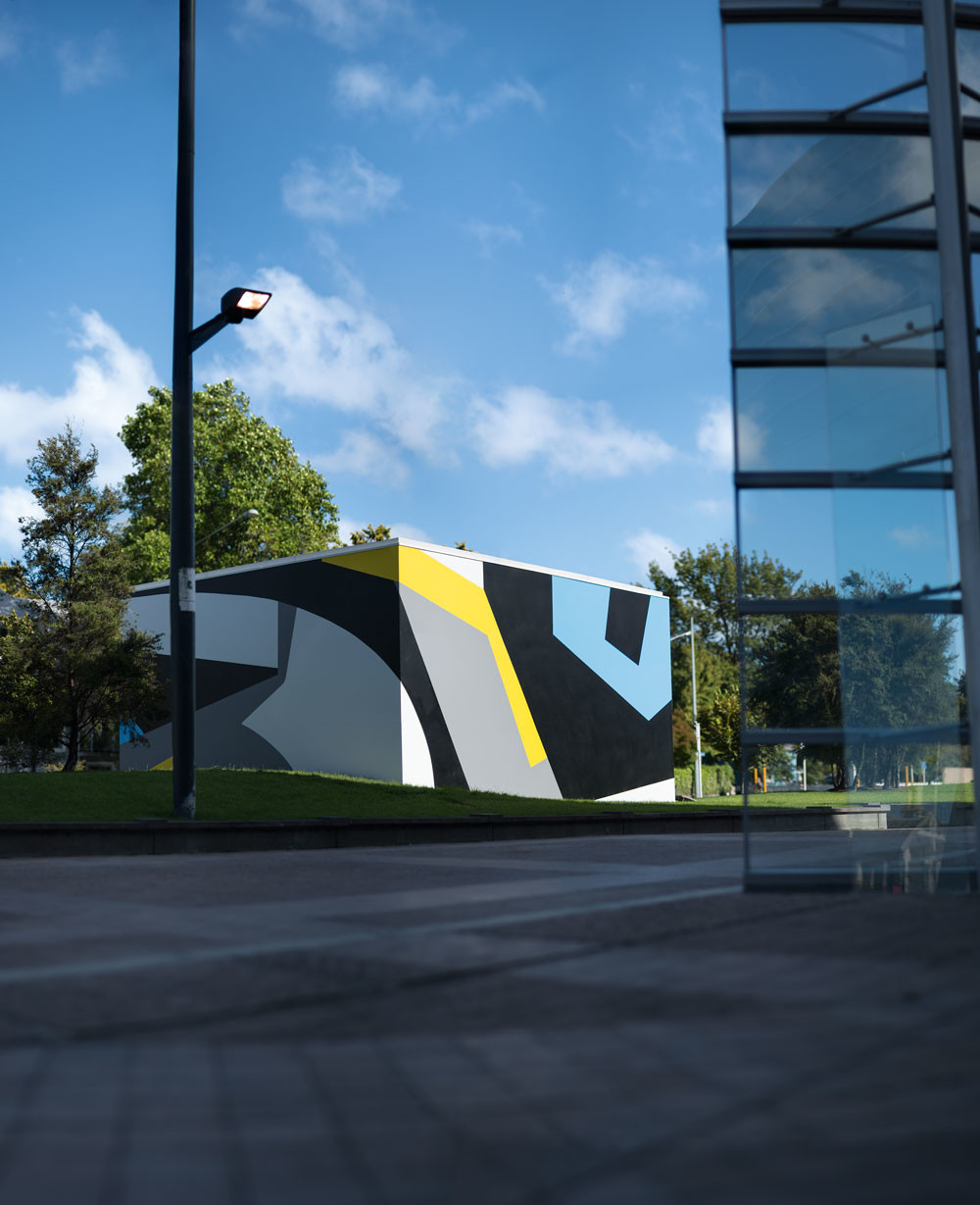
Silent Patterns
When we asked Tony de Lautour to produce a new work for the Bunker—the name Gallery staff give to the small, square elevator building at the front of the forecourt on Montreal Street—he proposed a paint scheme inspired by Dazzle camouflage. Associated with the geometric near-abstraction of the vorticist movement, Dazzle was developed by British and American artists during the First World War to disguise shipping. It was a monumental form of camouflage that aimed not to hide the ship but to break up its mass visually and confuse enemies about its speed and direction. In a time before radar and sonar were developed, Dazzle was designed to disorientate German U-boat commanders looking through their periscopes, and protect the merchant fleets.
Senior curator Lara Strongman spoke with Tony de Lautour in late January 2016.
Notes
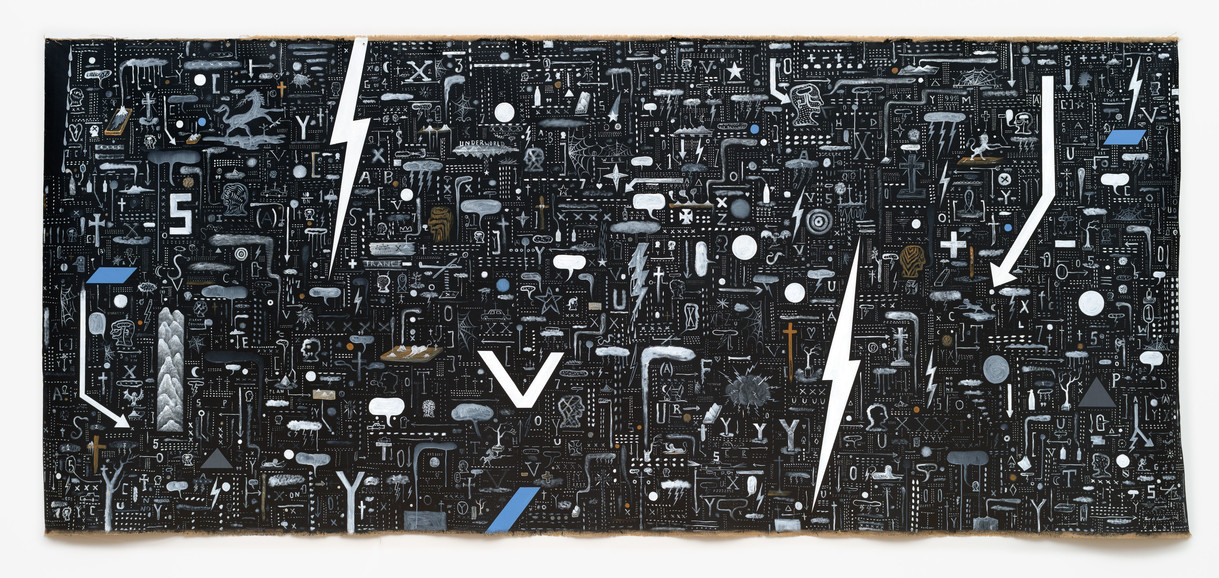
Underworld 2 by Tony de Lautour
This article first appeared as 'Painting offers a multiverse of symbols' in The Press on 21 June 2017.
Notes

Your Hotel Brain
This week we've been installing a new collection exhibition, Your Hotel Brain. It replaces curator Ken Hall's elegant meditation on architecture and memory, Above Ground, in the contemporary collection galleries.
Notes
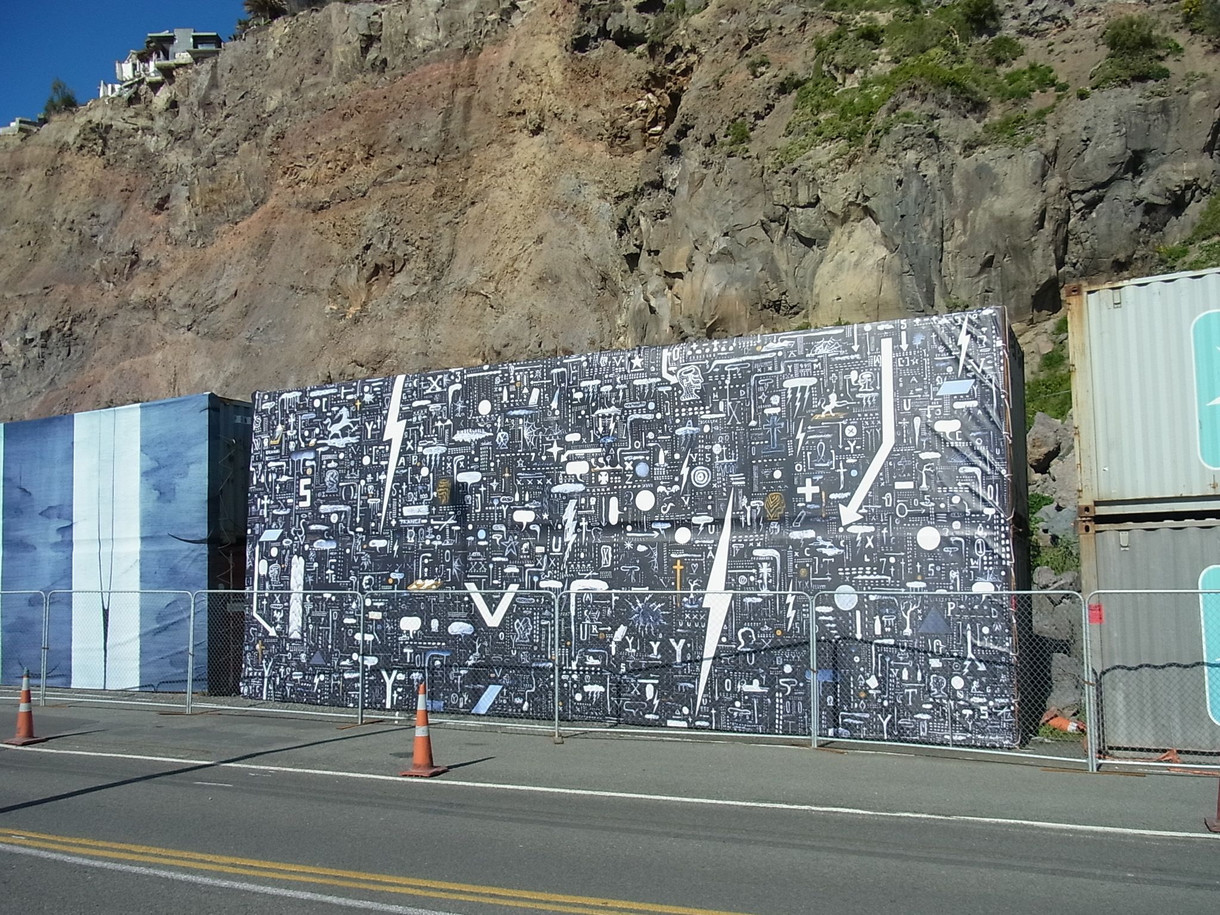
Underworld
Tony de Lautour's large painting Underworld 2 has taken shape in an even larger format as part of the wall of shipping containers protecting road users from rockfalls on the way out to Sumner.
Notes
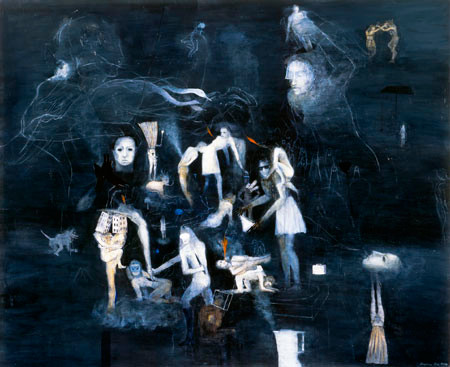
Shadow play
This article first appeared as 'Ghosts in sunglasses' in The Press on 8 October 2008
Notes
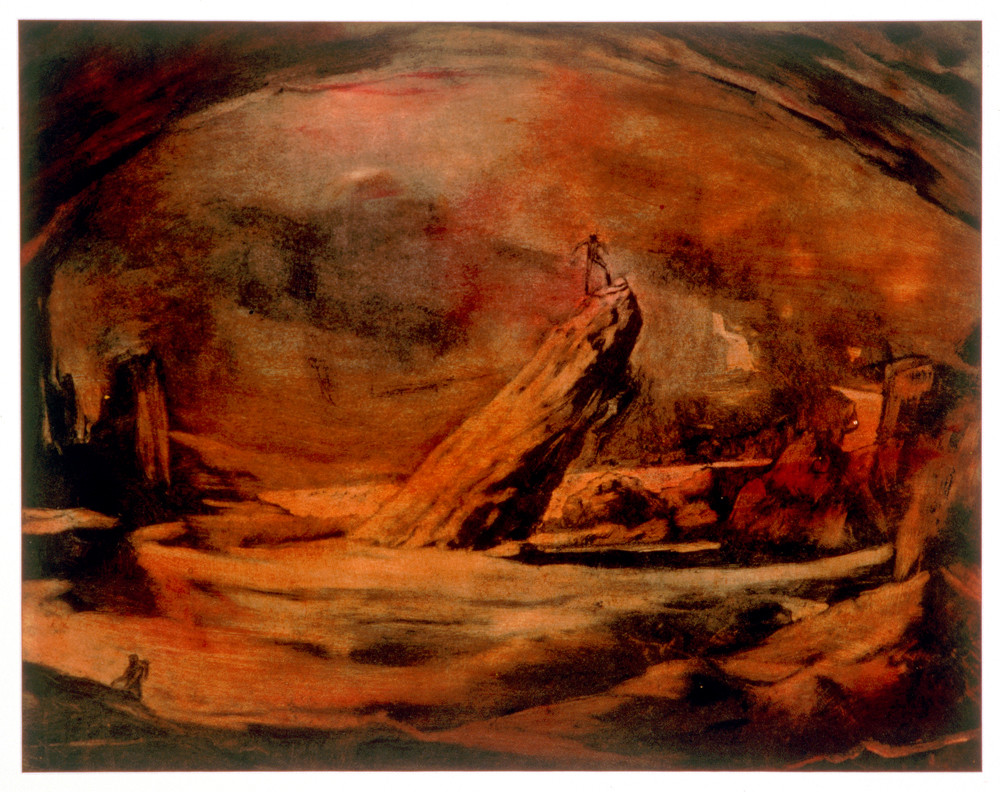
Vulcan Paradise by Jason Greig
This article first appeared in The Press on 5 April 2006
One of New Zealand's most significant contemporary printmakers, Jason Greig studied under Barry Cleavin and Denise Copland at the University of Canterbury School of Fine Arts during the early 1980s and graduated with Honours in Engraving. Throughout the 1980s and early 1990s Greig favoured more technically challenging printmaking processes such as etching and lithography as opposed to the less complicated medium of the monoprint. It is the monoprint however that he has worked with almost exclusively over the past thirteen years.
Notes
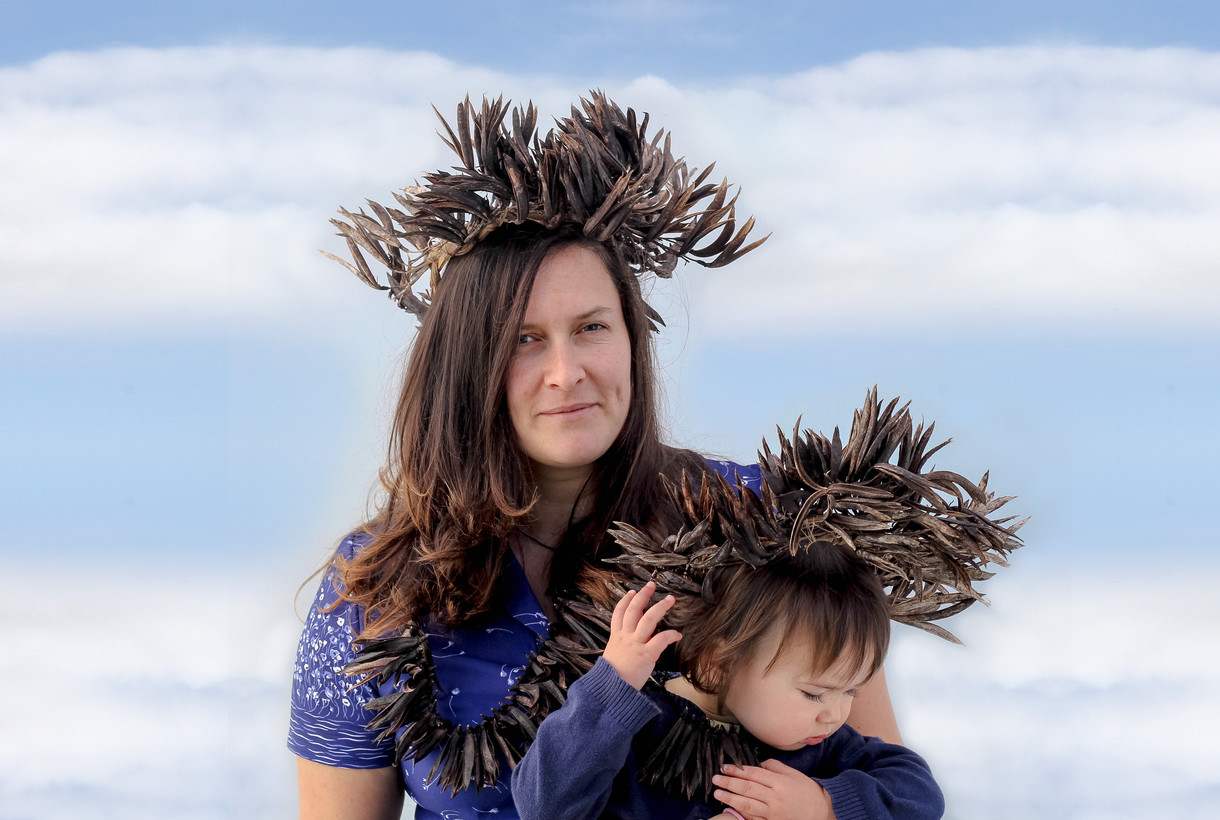
Māori video artists on display in Christchurch
Works by more than twenty Māori moving image artists will be on display at Christchurch Art Gallery Te Puna o Waiwhetū in August.
My Favourite
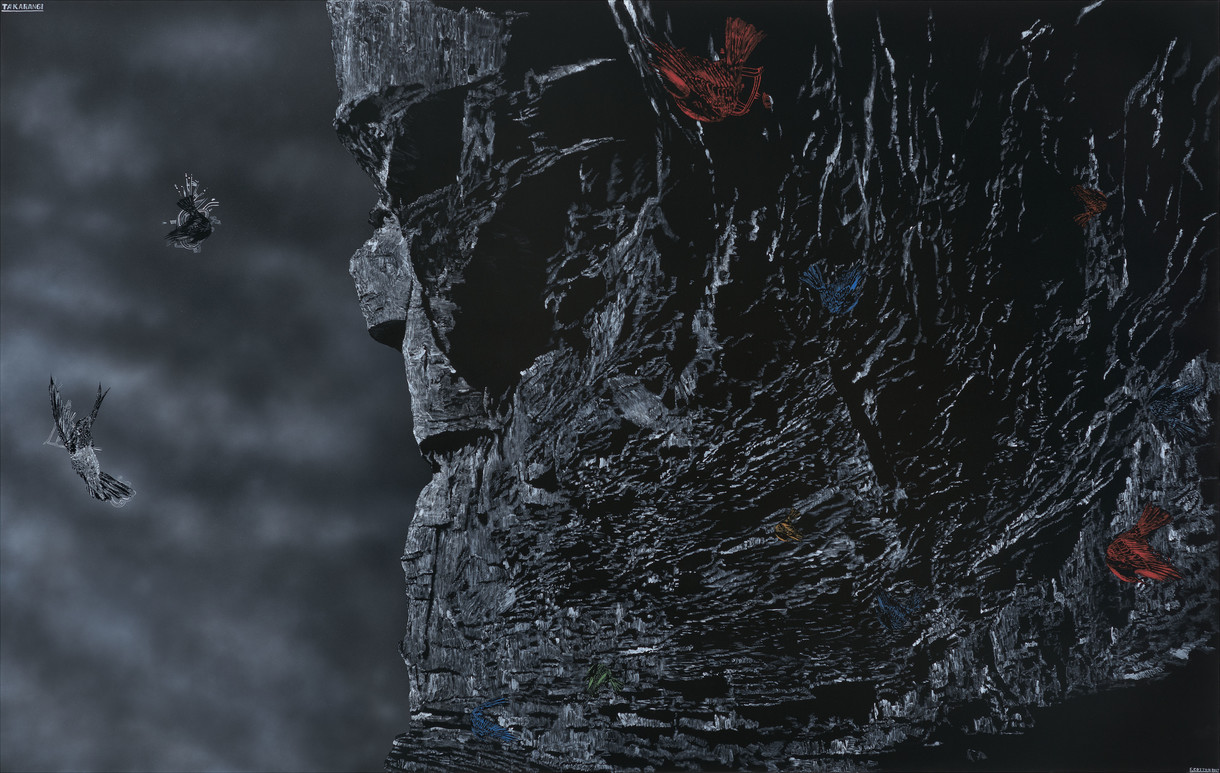
Shane Cotton's Takarangi
I grew up in the Motueka Valley at a place called Ngatimoti. The Peninsula Bridge crosses the Motueka river there. It carries one lane on a timber deck joining SH 61 to Peninsula Road and the west bank of the river. The bridge is 110 years old, still doing its job of daring every kid who grows up in its vicinity to climb the railing and take the leap one day – maybe thirty feet if the summer is hot and the river sedate and inviting. By the time I’m sixteen, I’m a veteran. Veterans don’t jump. We dive, head first, eyes open, arms outstretched. There must be grace in the art of falling.
Commentary

Curating Oceania
The idea for an exhibition of Oceanic art originated from the Royal Academy itself, proposed in 2012 by its then artistic director Kathleen Soriano, an Australian. The exhibition was imagined to fit within the Academy’s occasional programme of ‘civilisation’ or ‘world art’ exhibitions, inaugurated in 1996 with the ground-breaking Africa: Art of a Continent, and followed by exhibitions such as Aztecs (2002), China (2005), Byzantium (2009) and others. These exhibitions sat among the gallery’s more usual fare of historical European, modern and contemporary art.
Commentary
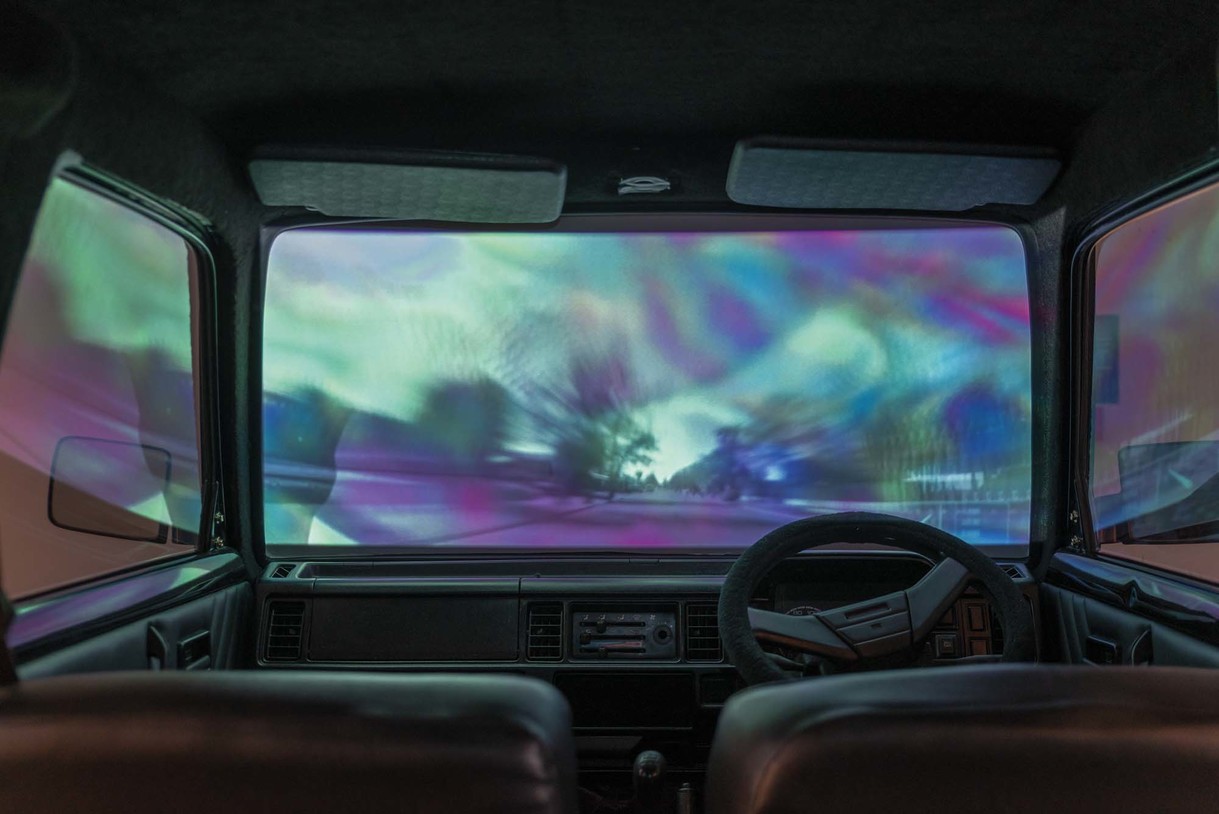
Te Āhua o te Hau ki te Papaioea
The ‘Operation 8’ anti-terror raids in October of 2007 were the culmination of a police investigation that led to the raiding of homes across New Zealand. The raids were conducted after an extended period of surveillance, which was enabled through use of the 2002 Terrorism Suppression Act. In 2013 the Independent Police Conduct Authority found that police had “unnecessarily frightened and intimidated” people during the raids.
Interview
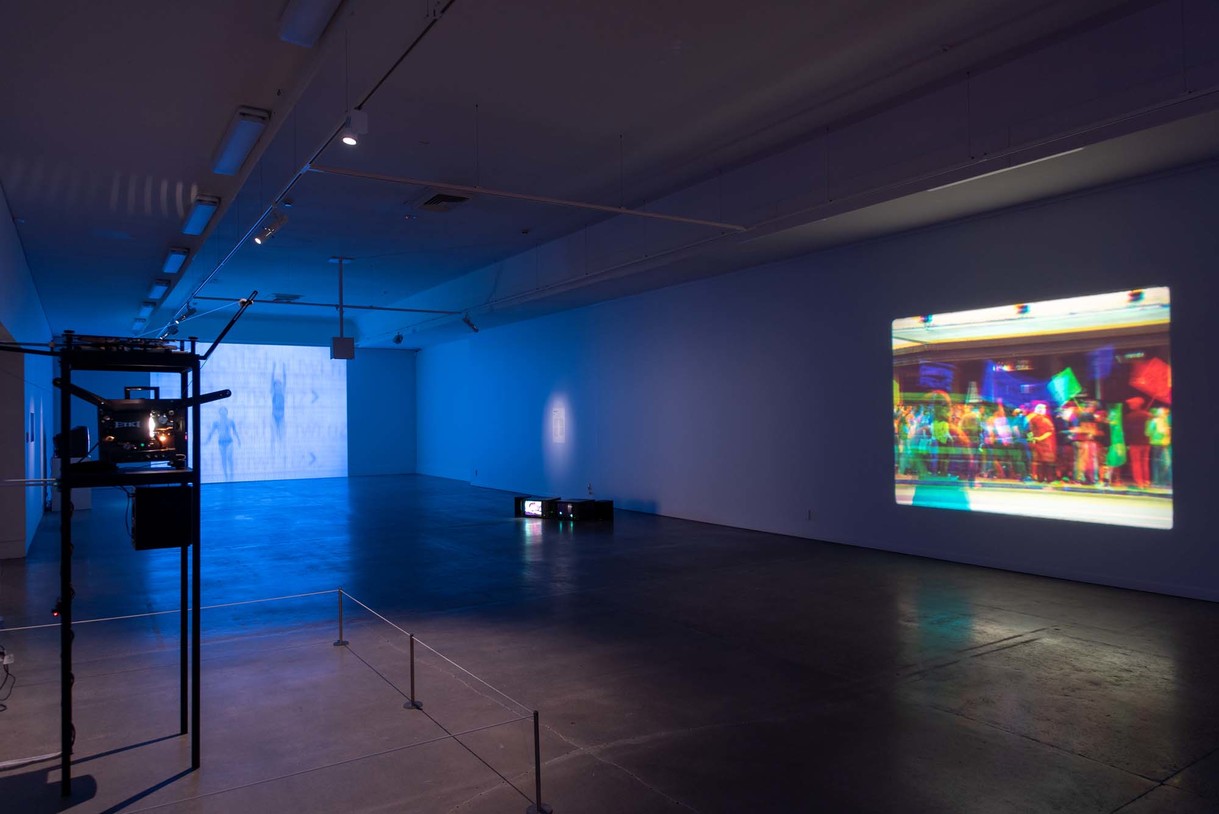
Looking at Forty Years of Māori Moving Image Practice
Māori Moving Image: An Open Archive is co-curated by Bridget Reweti and Melanie Oliver. The following text is a conversation between the two curators around co-curating, archives and Māori moving image practice.
Commentary

Bringing the Soul
As an eleven-year-old boy from Whāngarei, sent to live in Yaldhurst with my aunt in the late seventies, Christchurch was a culture shock. Arriving in New Zealand’s quintessential ‘English city’, I remember well the wide landscapes and manicured colonial built environment. It was very pretty but also very monocultural, with no physical evidence of current or former Māori occupation or cultural presence, or at least none that I could appreciate at that time.
Article
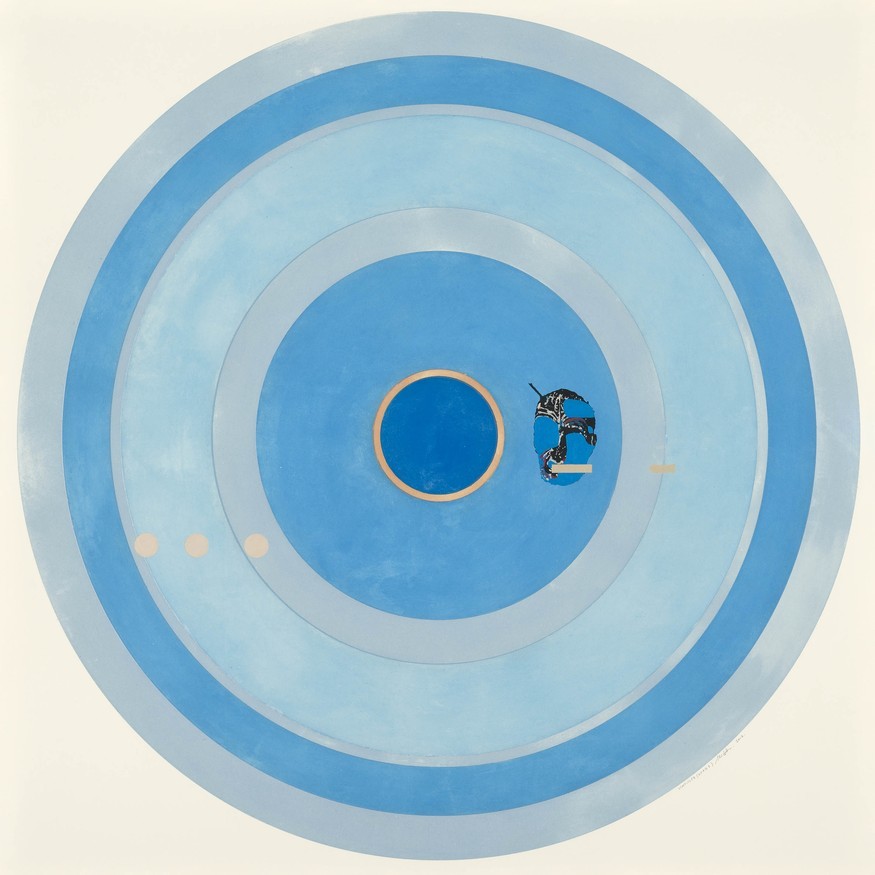
Speaking sticks and moving targets
New works by Shane Cotton
The Hanging Sky brings together Shane Cotton's skyscapes from the past five years. But the core of the exhibition is a big group of freshly made works of art. Senior curator Justin Paton first saw them in completed form during the show's installation in Brisbane. Here he describes his encounters with a body of work 'at once beautiful, aggressive, protective and evasive.'
Interview
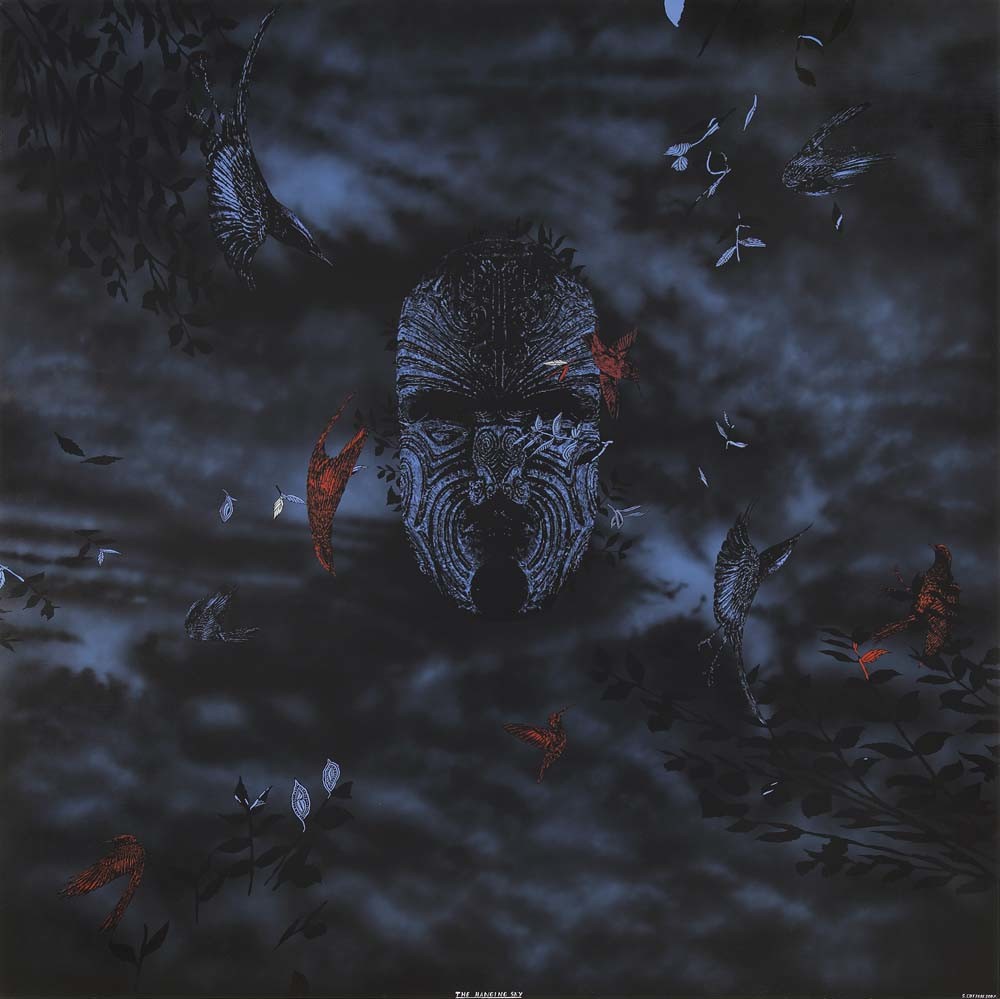
Shane Cotton
Back on 20 September 2011, when our public programmes team began setting up the Hagley Park Geo Dome for a talk with Shane Cotton, they put out about sixty chairs and would have been glad to fill them. After all, it was a cold night in Christchurch, the roads were rough, the Geo Dome was off the beaten track and the quake had long since broken the rhythm of the Gallery's old Wednesday night programme of public talks.
Article
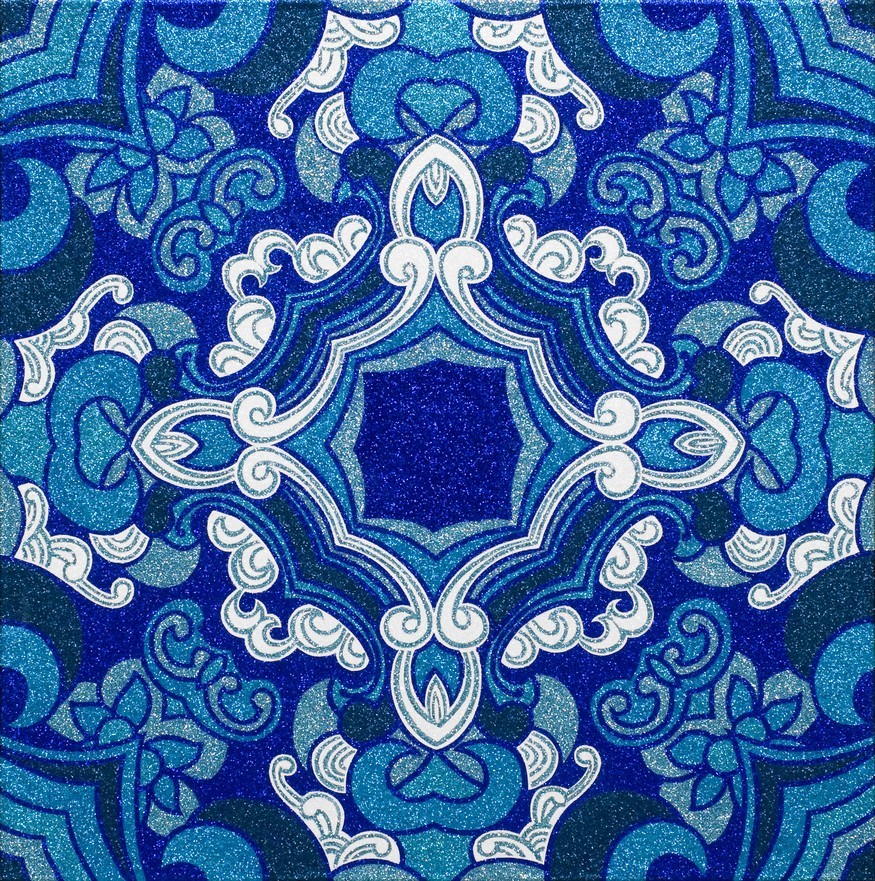
New Zealand in the Biennale of Sydney and the Biennale of Sydney in New Zealand
and the Biennale of Sydney in New Zealand
